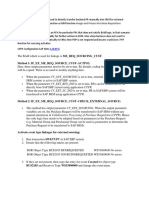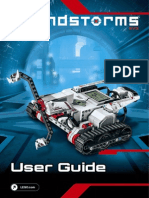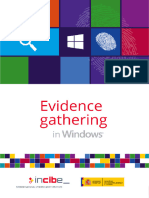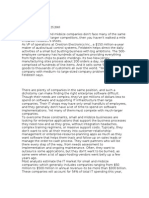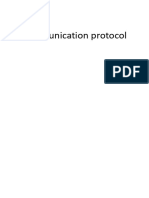0% found this document useful (0 votes)
33 views9 pagesLibrary Management System Final Report
The Library Management System (LMS) project report details the development of a software solution aimed at automating library operations to enhance efficiency and user experience. It outlines the system's architecture, technologies used, and the testing process, while also addressing limitations and potential future enhancements. The project was completed by students Divyanshi Singhvi and Aditya Ohlayan under the supervision of faculty at Manipal University Jaipur.
Uploaded by
aditya.23ohlayanCopyright
© © All Rights Reserved
We take content rights seriously. If you suspect this is your content, claim it here.
Available Formats
Download as DOCX, PDF, TXT or read online on Scribd
0% found this document useful (0 votes)
33 views9 pagesLibrary Management System Final Report
The Library Management System (LMS) project report details the development of a software solution aimed at automating library operations to enhance efficiency and user experience. It outlines the system's architecture, technologies used, and the testing process, while also addressing limitations and potential future enhancements. The project was completed by students Divyanshi Singhvi and Aditya Ohlayan under the supervision of faculty at Manipal University Jaipur.
Uploaded by
aditya.23ohlayanCopyright
© © All Rights Reserved
We take content rights seriously. If you suspect this is your content, claim it here.
Available Formats
Download as DOCX, PDF, TXT or read online on Scribd
/ 9
































































